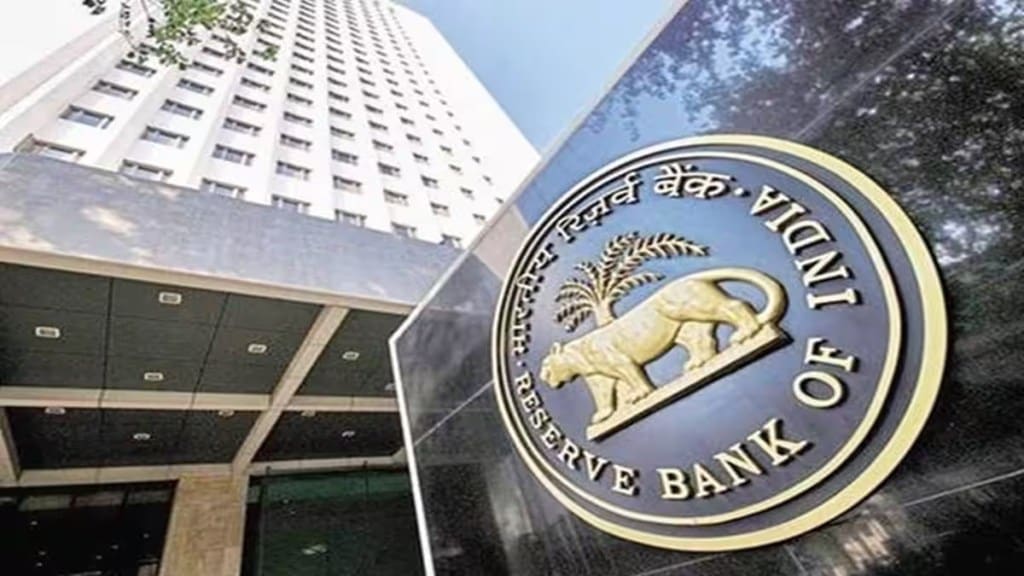The Monetary Policy Committee (MPC) paused on the policy rate for the third consecutive time in its bi-monthly monetary policy meeting. It also maintained status quo on the policy stance—‘to remain focused on withdrawal of accommodation to ensure that inflation progressively aligns with the target, while supporting growth’, although this was with a 5:1 vote, unlike the unanimous decision on policy rates. These moves were largely in line with expectations, amid the committee’s focus on aligning inflation with the 4% target.
The tone of the MPC’s policy statement turned more cautious than that in the June 2023 meeting, amid adverse developments such as the recent vegetable price shock, uneven rains in the first half of the southwest monsoon season, the onset of El Nino conditions, lags in kharif sowing across some crops and the uptick in global crude oil prices, with these manifesting as an increased uncertainty around the near-term inflation outlook. This was partly reflected in the upward revision in the committee’s near-term CPI inflation projections.
The MPC raised its CPI inflation projection for FY2024 to 5.4% from 5.1%, with a sharp albeit expected upward revision in the estimate for Q2 FY2024 to 6.2% from 5.2%, followed by a 30 bps increase in the Q3 FY2024 estimate to 5.7% from 5.4%. The Q4 FY2024 estimate was kept unchanged at 5.2%, while the freshly issued Q1 FY2025 estimate was kept similar to these levels. Interestingly, the MPC assumed a normal monsoon while simultaneously highlighting the risks from the impact of the skewed South-west monsoon so far.
The MPC’s average CPI projection for FY2024 is slightly higher than our estimate of 5.3% for the fiscal, on account of higher-than-expected estimates for Q2 and Q3 FY2024, even as our Q4 estimate is similar. This implies that the committee is likely expecting the current vegetable price shock to impact the CPI inflation readings for a somewhat longer period, while acknowledging the transient nature of the same. The latter was also highlighted by the RBI Governor in his statement and is also evident in the unchanged inflation print for Q4 FY2024.
The MPC’s CPI estimate of 5.2% for Q1 FY2025 is partly being driven by a low base, with the outlook beyond that quarter remaining relatively benign. With the expected high base of Q2 FY2024, the print is set to dip below the 5.0% mark in Q2 FY2025, suggesting that rate cuts may only materialise around that time.
On growth, the committee maintained its real GDP growth projection of FY2024 at 6.5% and kept its quarterly projections unchanged at 8.0% for Q1, 6.5% for Q2, 6.0% in Q3 and 5.7% in Q4 FY2024. While it remained optimistic on rural and urban demand and a broad basing of the capex cycle, it highlighted downside risks from the weak global demand, volatility in global financial markets, geopolitical tensions and geoeconomic fragmentation. Moreover, it expects GDP growth to print at 6.6% in Q1 FY2025.
The committee’s GDP projection for FY2024 is higher than the ICRA estimate of 6.0% for the fiscal, on account of significantly higher estimates for H2 FY2024, even though our estimate for Q1 FY2024 is relatively higher. Moreover, a continued skewness or deficient rainfall in the remaining part of the southwest monsoon season could impact farm income and rural consumption, posing a downside risk to our estimate, even as the front-loading of government capex is a positive.
Overall, the transient nature of the recent vegetable price shock, estimates of benign inflation outcomes beyond the next few quarters and ICRA’s muted growth outlook for H2 FY2024 suggest a low likelihood of rate hikes in the near term, unless the food price shocks lead to an overshooting in the MPC’s CPI inflation projections for two quarters in a row. Simultaneously, a pivot to rate cuts remains quite distant with the continued emphasis on aligning the CPI inflation with the 4% medium-term target. Overall, we expect an extended pause on the policy rate through FY2024 and a pause on the policy stance over the next couple of meetings.
The withdrawal of 2,000-rupee banknotes and healthy capital flows have led to a sustained surplus in systemic liquidity through FY2024 so far, unlike the fluctuations between deficits and surpluses seen through H2 FY2023. The RBI’s decision to raise the cash reserve ratio (CRR) on incremental NDTL between May 19, 2023 and July 28, 2023 is expected to lead to an absorption of around ~Rs 900-950 billion on August 12, 2023, thereby reducing the liquidity surplus in the ongoing month. With advance tax outflows expected to drain liquidity further in mid-September, the plan to review the incremental-CRR measure on or before September 8, 2023 would be prudent.
The author is Chief economist and head (research & outreach), ICRA

